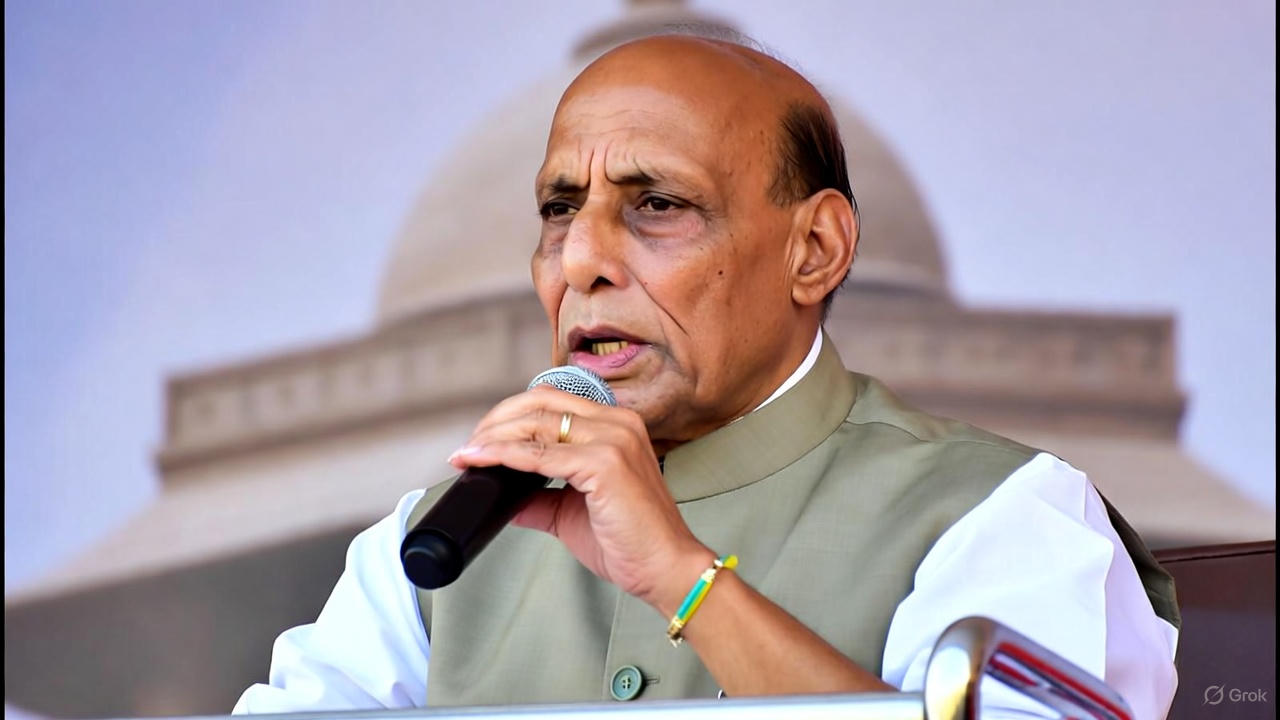Gurgaon’s real estate market faces a new problem as the Punjab and Haryana High Court investigates a legal case against the recently reinstated S+4 floor policy. This policy lets buildings have four floors and parking on the ground. Many residents worry that the city’s roads and sewage systems can’t handle more buildings.
Background of S+4 Floor Policy
Two weeks after the Haryana government reinstated the S+4 floor policy, a resident from Gurgaon’s Sushant Lok filed a legal challenge, arguing that the city’s infrastructure can’t handle more multi-story buildings. Advocate Sunil Kumar Singh, who filed the case, highlighted issues such as water contamination, poor drainage, sewage overflows, and bad roads. He warned that adding more four-floor constructions would worsen living conditions.
Concerns from Gurugram Citizens’ Council
In addition to the PIL, the Gurugram Citizens’ Council and another petition have also raised concerns about the four-floor policy. They argue that such unchecked construction will eventually turn Gurgaon into an “urban slum,” affecting the quality of life for all residents.
High Court Notice and Legal Proceedings
Chief Justice Sheel Nagu and the High Court have issued notices to the Haryana government, requesting a response to a legal case. They are also considering a request to pause new approvals for four-floor buildings in Gurgaon during the review process.
The petitioner’s legal counsel urged the court to impose an immediate stay on the state’s July 2 notification that reopened the approval portal for four-floor buildings. These cases are expected to be heard alongside Singh’s petition.
Infrastructure Concerns Ignored?
At the heart of the issue lies the expert committee report initially commissioned by the Haryana government. The committee was assigned to review the feasibility of four-floor buildings in Gurgaon and similar cities. The report recommended that an audit be done on the city’s drainage, waste management, roads, and public utilities. This audit should determine if the infrastructure can handle the extra load before allowing more construction.
Even though there were warnings, the state government brought back the S+4 rule in July 2024 without solving the problems. This made people living there more upset. According to the petition, DTCP has already begun approving new construction plans, ignoring the infrastructure concerns raised by both residents and the expert committee.
The Petitioner’s Perspective
Singh’s petition argues that Gurgaon’s overloaded infrastructure will collapse due to new multi-floor buildings without major upgrades. Reports of overflowing sewage, power outages, and poor roads in densely built areas show the need for urgent improvements.
The petition also points out that the water and electricity supply systems are under strain. If these problems are not fixed, the situation will get worse. The petitioner’s lawyer has warned that allowing more four-floor buildings without control could turn Gurgaon into an unplanned “urban slum.”
What’s next for Gurgaon’s Real Estate?
The verdict in this PIL will significantly shape the future of real estate development in Gurgaon. Both the state government and developers are eager to begin construction. However, the legal battle will determine if the city’s infrastructure can support future growth or if immediate intervention is required.
Looking Ahead
All eyes are now on the High Court as the next hearing date approaches. Whether the state will resolve these concerns effectively is yet to be seen. Stricter rules may be needed for infrastructure support.



